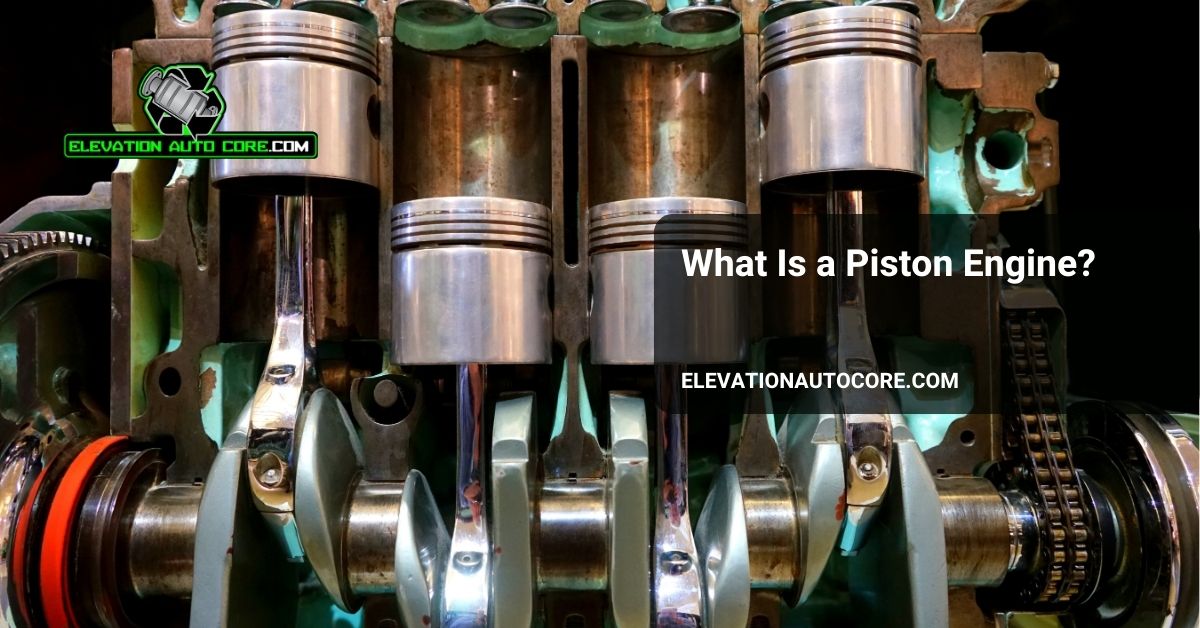What is a piston engine, and why is it the driving force behind so many machines you rely on daily? From powering cars to aircraft, this ingenious piece of engineering converts fuel into motion with precision and efficiency. Curious about how it works and its significance in modern technology? Keep reading to uncover the mechanics and marvel behind piston engines.
What Is A Piston Engine
A piston engine is a type of internal combustion engine that uses one or more cylinders with pistons moving inside them. Each piston transfers energy generated during fuel combustion into mechanical motion. The energy transfer propels machinery, such as vehicles or generators, by rotating a crankshaft.
Pistons compress air and fuel within the cylinders, creating the conditions for ignition. Combustion occurs when the compressed mixture ignites, either by a spark plug in gasoline engines or high pressure in diesel engines. The explosion drives the piston downward, producing the power cycle.
Configurations of piston engines vary, including inline, V-type, or flat layouts. These designs accommodate different uses, optimizing performance in machines like cars, motorcycles, and airplanes.
How A Piston Engine Works
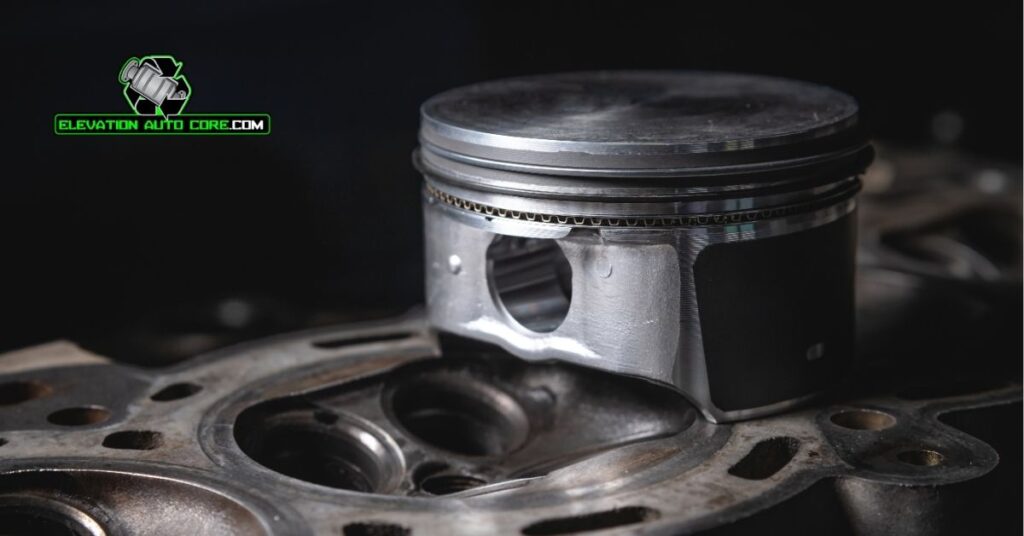
A piston engine operates by converting fuel into mechanical energy through a series of controlled combustion reactions. These reactions take place in cylinders where pistons move to create rotational motion.
Main Components Of A Piston Engine
Cylinders provide the space where fuel combustion occurs and pistons operate. Pistons are cylindrical parts fitted within the cylinders, designed to move up and down during the engine cycle. Crankshafts translate the linear motion of pistons into rotational energy. Connecting rods link pistons to the crankshaft, ensuring synchronized movement. Intake and exhaust valves regulate the flow of air-fuel mixtures into cylinders and expel combustion gases. Spark plugs ignite the compressed air-fuel mixture to initiate combustion, though in diesel engines, compression itself causes ignition.
Mechanism Of Power Generation
Air and fuel enter the cylinder during the intake stroke as the piston moves down. Compression occurs when the piston rises, reducing the volume and preparing the mixture for ignition. Combustion is triggered when the compressed mixture ignites, causing a rapid expansion of gases that force the piston downward. Power is transferred to the crankshaft in this process, driving rotation. The exhaust stroke follows as the piston moves back up, expelling combustion gases through the exhaust valve. These phases repeat continuously to generate energy needed for mechanical tasks.
Types Of Piston Engines
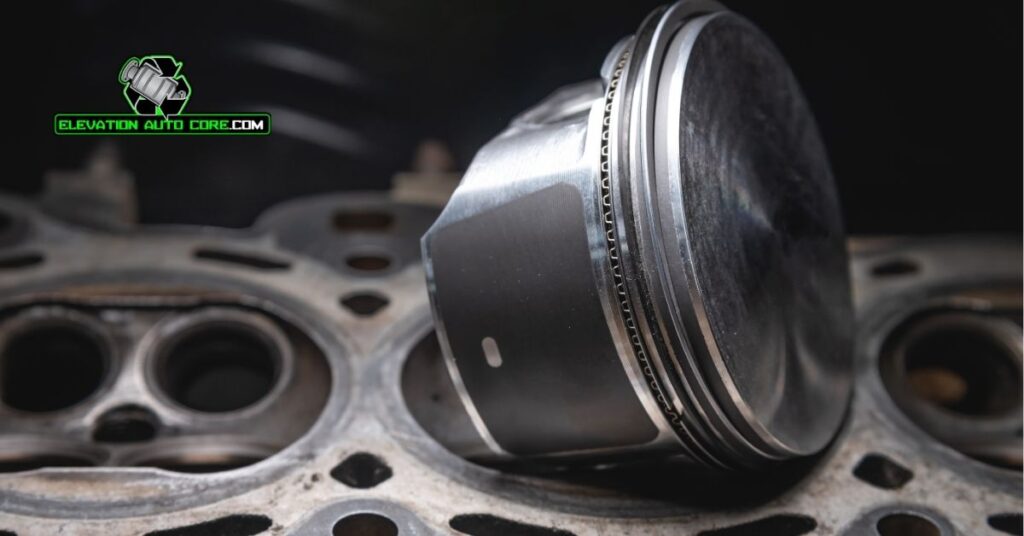
Piston engines come in several variations, each designed to meet exact energy and performance demands. These types differ primarily in cylinder count and arrangement.
Single Cylinder Engines
A single cylinder engine contains one piston operating within a single cylinder. It’s commonly found in small machines like motorcycles, lawn mowers, and portable generators. With its compact design, this engine is lightweight and affordable, making it ideal for low-power applications. Though efficient for small tasks, its limited power output and increased vibration may not suit larger machinery.
Multi Cylinder Engines
Multi cylinder engines use multiple cylinders to generate greater power. Typically arranged in configurations like inline, V-type, or flat, these engines are prevalent in cars, trucks, and aircraft. By distributing power across multiple pistons, they provide smoother performance, reduced vibration, and increased efficiency. Multi cylinder designs also allow more balanced torque and reliability, especially at high speeds or under heavy loads, when compared to single cylinder counterparts.
Applications Of Piston Engines
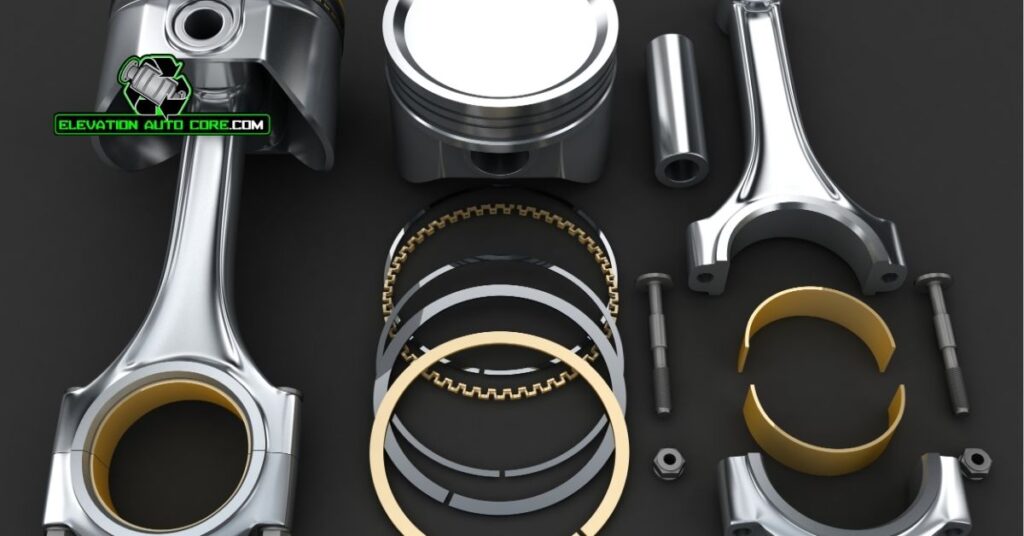
Piston engines are integral to several sectors, driving innovation and supporting key industries. These engines provide reliable and efficient power sources across various applications.
Automotive Industry
Cars, motorcycles, and trucks rely heavily on piston engines. Most passenger vehicles use multi cylinder engines arranged in inline or V-type configurations for smoother operation and higher performance. Motorcycles often feature single cylinder engines to maintain a lightweight structure while delivering adequate power. Heavy-duty trucks use larger multi cylinder engines to handle important loads over long distances.
Aviation
Aircraft benefit significantly from piston engines, particularly small planes and helicopters. Many light aircraft use horizontally opposed piston engines for their compact design and efficient power output. Helicopters often use multi cylinder configurations to ensure reliability and stability during varied flight conditions. These engines efficiently transform fuel into the mechanical energy needed for propulsion and rotor movement.
Industrial Uses
Industrial machinery like generators, pumps, and compressors depends on piston engines. Generators often feature internal combustion engines to produce electricity during power outages or in remote locations. Pumps and compressors in fields like agriculture and construction frequently employ piston engines to create consistent force for fluid movement or air compression. Factories sometimes use larger piston engines to drive equipment requiring substantial power output.
Advantages And Limitations Of Piston Engines
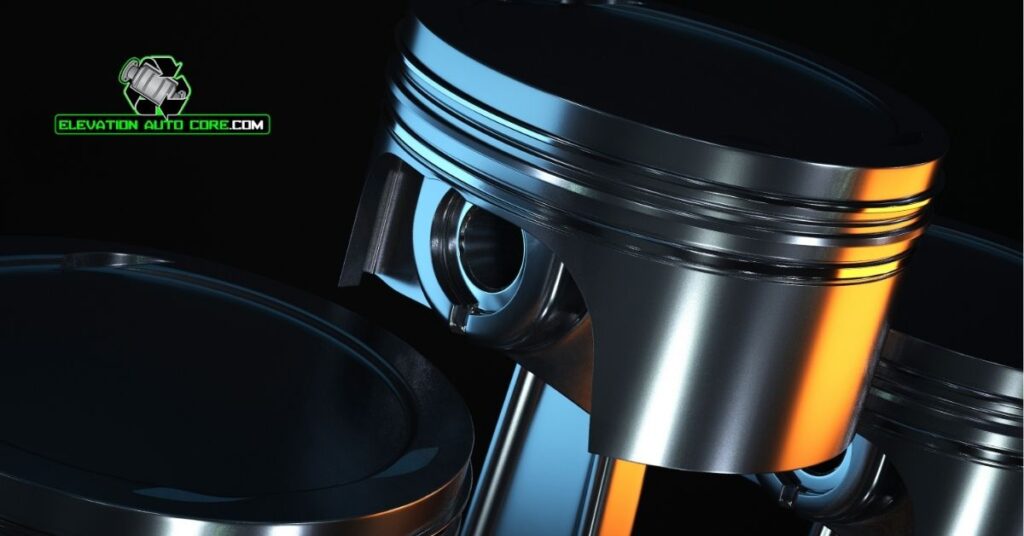
Piston engines offer unique benefits and challenges that influence their use in various industries. Understanding both aspects helps you evaluate their suitability for exact applications.
Benefits Of Using Piston Engines
These engines deliver reliable performance by effectively converting fuel into mechanical energy. The versatility they offer makes them suitable for powering cars, motorcycles, aircraft, and industrial machinery.
High power output relative to size provides efficiency in applications requiring compact, powerful answers. For example, multi-cylinder configurations deliver superior power in vehicles and aircraft while maintaining manageable dimensions.
Maintenance is straightforward due to the availability of spare parts and widespread technical expertise. Many components, like pistons and spark plugs, are easily replaceable, reducing repair times and costs.
Fuel compatibility ensures flexibility for different needs. Piston engines typically run on gasoline or diesel, providing options customized to application requirements.
Durability and long service life make them dependable in demanding environments. Piston engines often withstand continuous operation under varying loads, such as in generators or industrial equipment.
Common Challenges And Drawbacks
Limited efficiency compared to other modern engines like gas turbines or electric motors reduces performance in certain settings. Heat loss during combustion contributes to this constraint.
Vibration is a drawback, especially in single-cylinder engines. This can affect operational smoothness and comfort in smaller machines such as motorcycles.
High noise levels may create issues in environments requiring quiet operation. Although mufflers reduce sound, it remains a challenge in certain industries.
Increased maintenance frequency results from the mechanical complexity of piston components. Regular servicing, including oil changes, is necessary to sustain optimal performance.
Size and weight might restrict their use in compact applications. Larger engines, particularly multi-cylinder configurations, are often heavier and bulkier than alternative power sources.
Conclusion
Understanding piston engines gives you valuable insight into the technology that powers countless machines in your daily life. From vehicles to industrial equipment, these engines continue to play a vital role in advancing modern industries.
Whether you’re exploring their mechanics or considering their applications, piston engines showcase a remarkable balance of power, efficiency, and versatility. Their enduring relevance highlights their importance in shaping innovation and meeting diverse energy needs.

